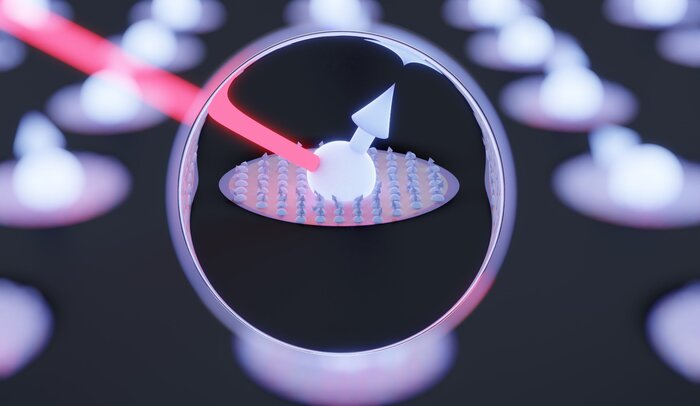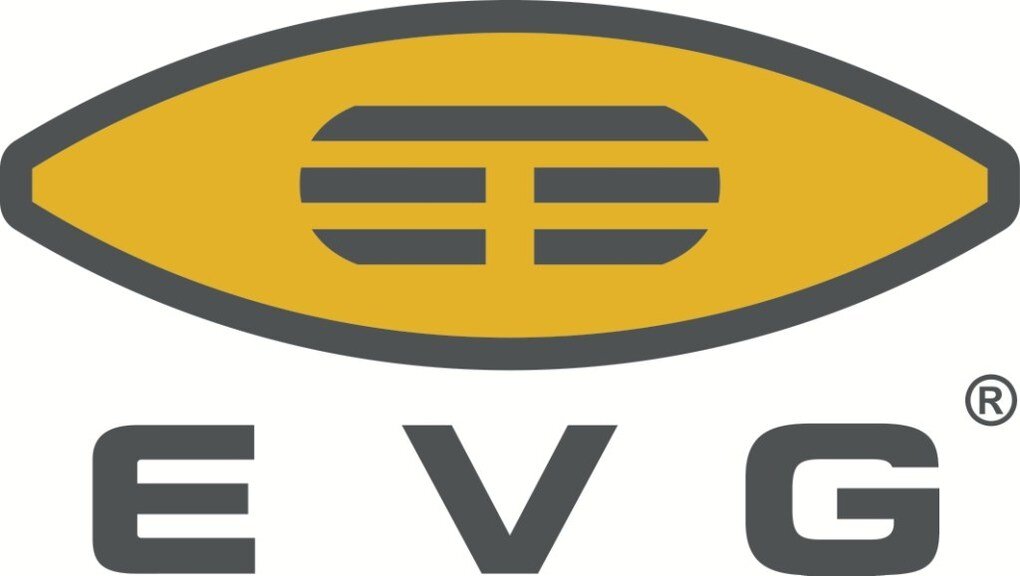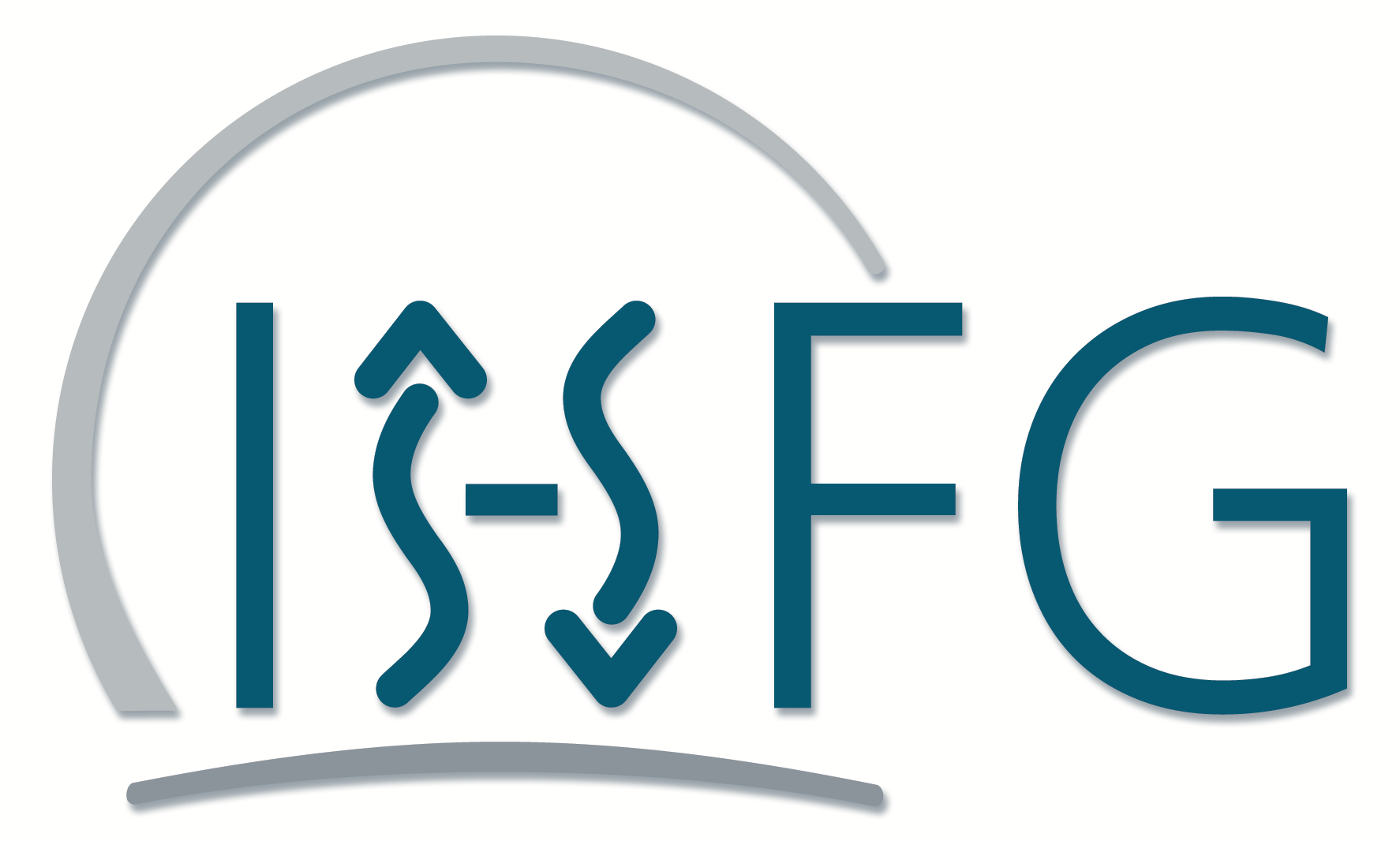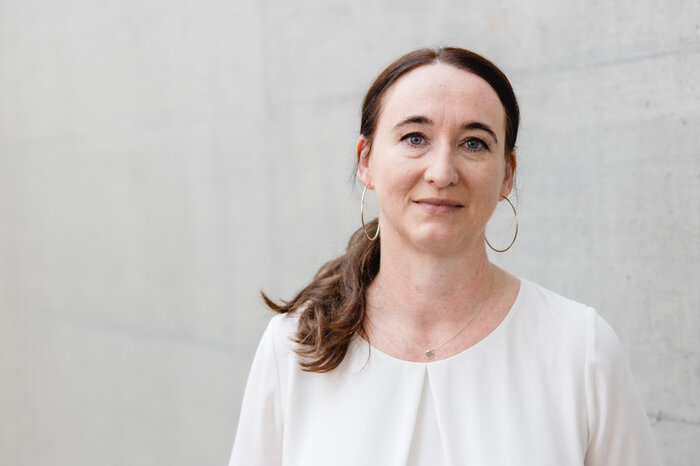MEEDGARD
Memory-Enhanced Entanglement Distribution with Gallium ARsenide quantum Dots
The Research Centre for Microtechnology has collaborated for many years with leading scientists in the field of quantum optics. The focus is on generating entangled photon pairs using quantum dots, which are often referred to as artificial atoms due to their properties. The piezo microactuators developed at FHV using ultrashort pulse lasers are a key component in implementing these unique light sources.
The MEEGARD project, funded under the EU’s quantERA initiative, further strengthens this valuable collaboration.

Communication networks that utilise the quantum properties of photons and matter for data transmission are fundamentally more secure than conventional networks and will become indispensable in the forthcoming era of quantum information processing. A key building block for such a quantum network is a node where flying photonic qubits and stationary matter qubits can efficiently and reliably exchange information. While several platforms are under consideration, semiconductor quantum dots (QDs) stand out due to their optical properties: they are the brightest and most coherent quantum emitters in the solid state. The recent remarkable improvements in electronic and nuclear spin coherence in QDs reported by the MEEGARD research team have further reinforced the case for focusing on this system as the centrepiece of efforts to develop a device enabling a full hardware demonstration.
We will combine the expertise of several research groups with complementary skills and focuses to develop an all-in-one device: a semiconductor QD system capable of generating entanglement between a matter qubit and a photonic qubit, and storing this information with 90% reliability for 100 milliseconds — a 100,000-fold improvement over previous QD-based results. This will be achieved through bespoke, theory-guided QD growth and post-growth control to optimise optical and spin properties, verified by spectroscopic measurements. The QD component will be integrated with:
-
A strain platform enabling tuning of the interaction between an electron spin qubit and a nuclear spin register,
-
An optical microcavity allowing efficient photon coupling, and
-
High-frequency antennas facilitating dynamic decoupling of the nuclear spin register for 100 ms.
Each academic member of our consortium has independently or through informal bi- and trilateral collaborations achieved multiple results on these core elements. This project will provide the resources to bring members together and leverage their existing capabilities to deliver a unique and highly impactful demonstration of quantum devices. An industrial partner with expertise in wafer-scale heterogeneous integration will contribute to developing scalable manufacturing processes. The success of MEEGARD will have direct implications for future investments in semiconductor-based quantum networks.

Facts
| Project name |
MEEDGARD - Memory-Enhanced Entanglement Distribution with Gallium ARsenide quantum Dots |
| Programme | FFG - quantERA |
| Project duration | 01.06.2024 - 31.05.2027 |
Project partners









